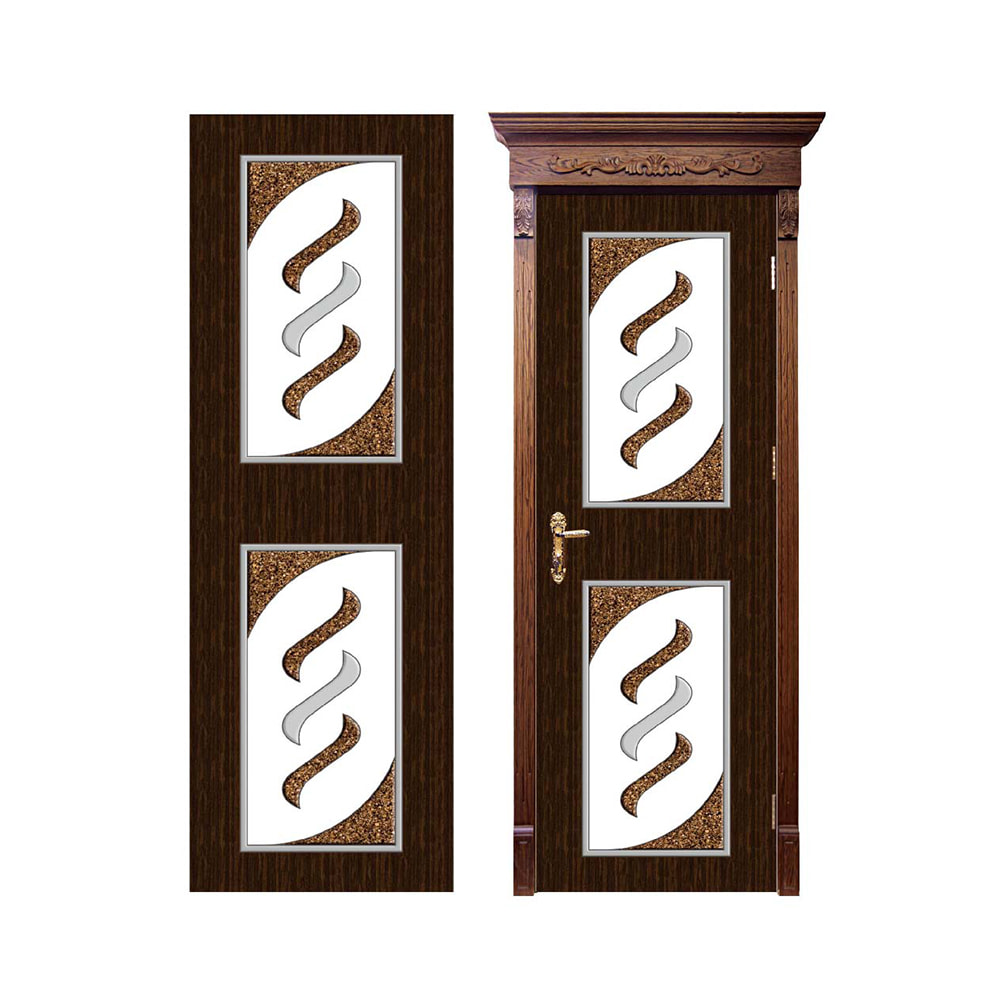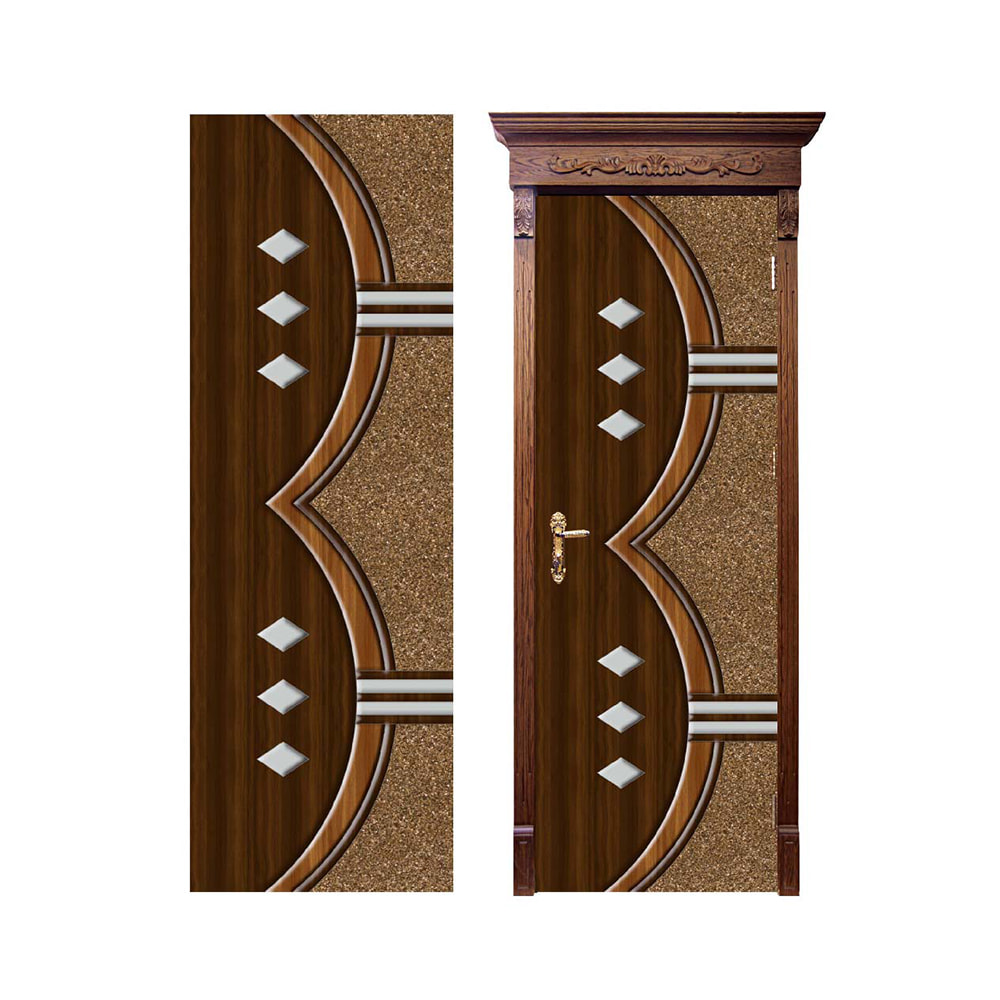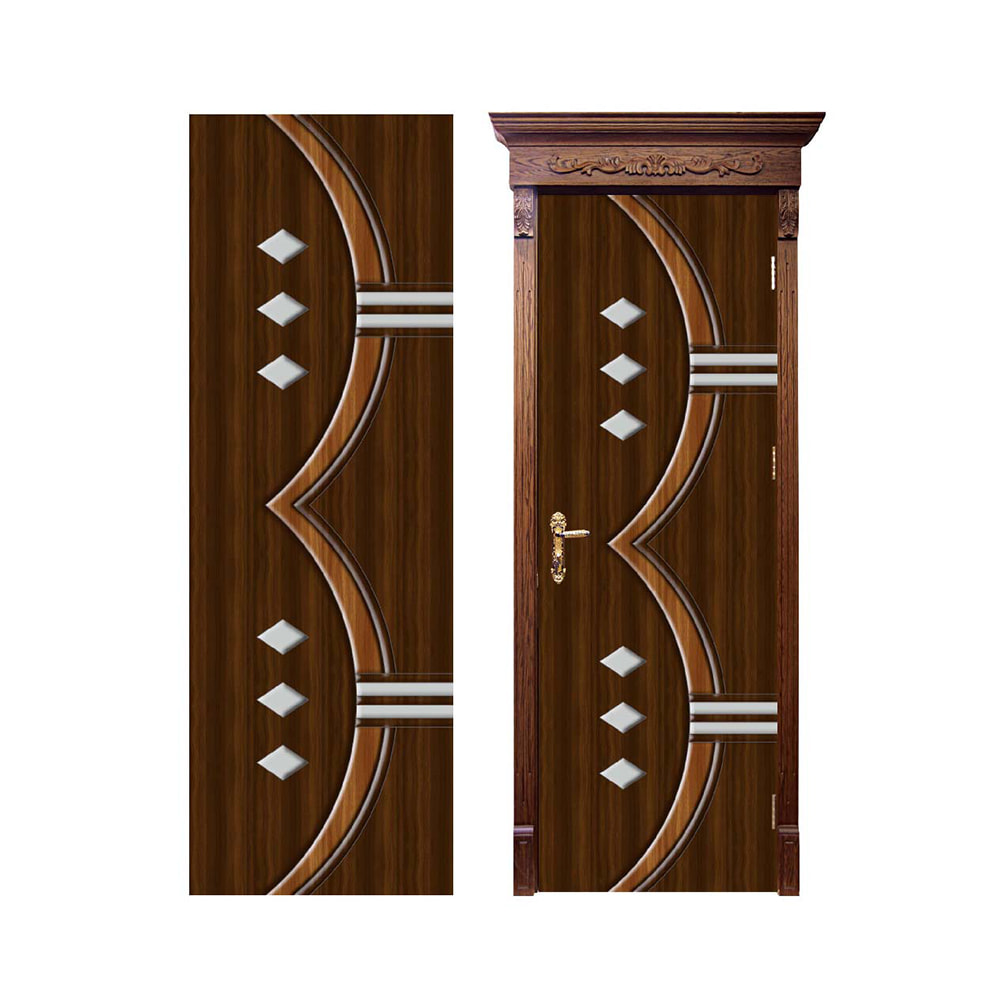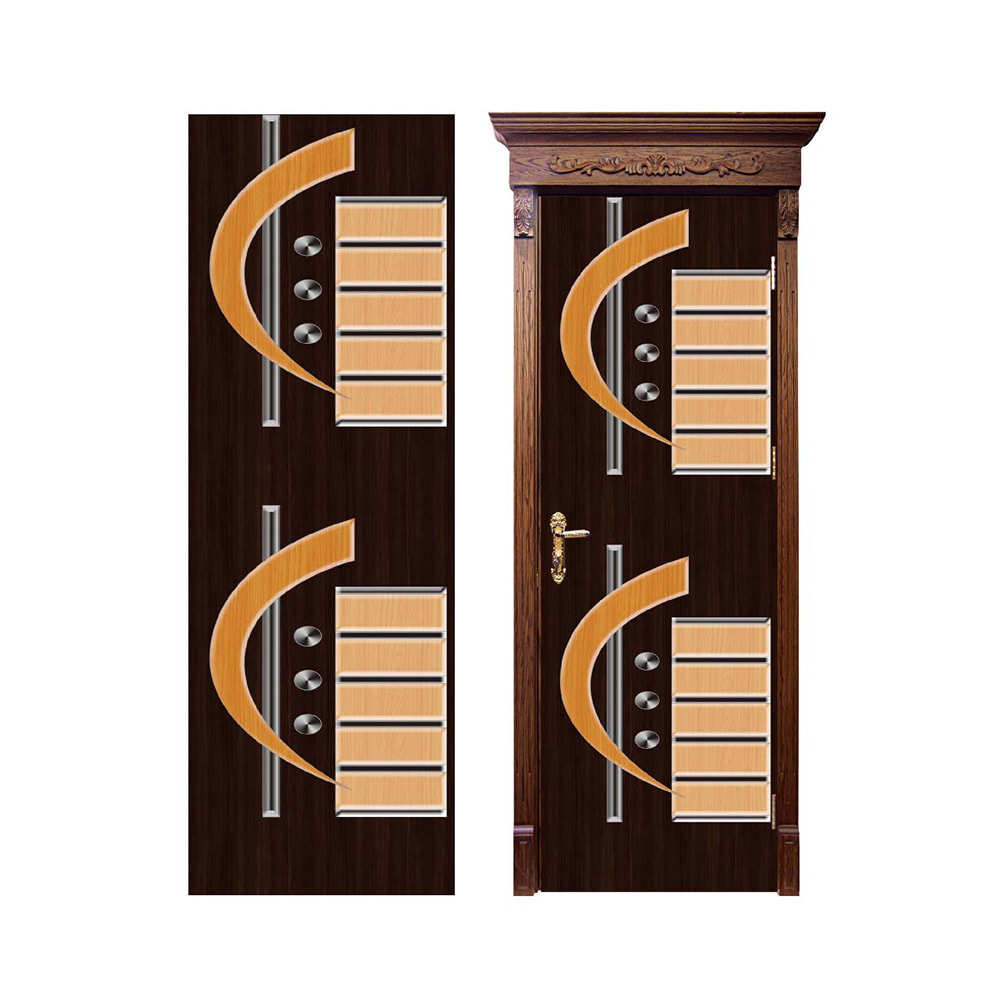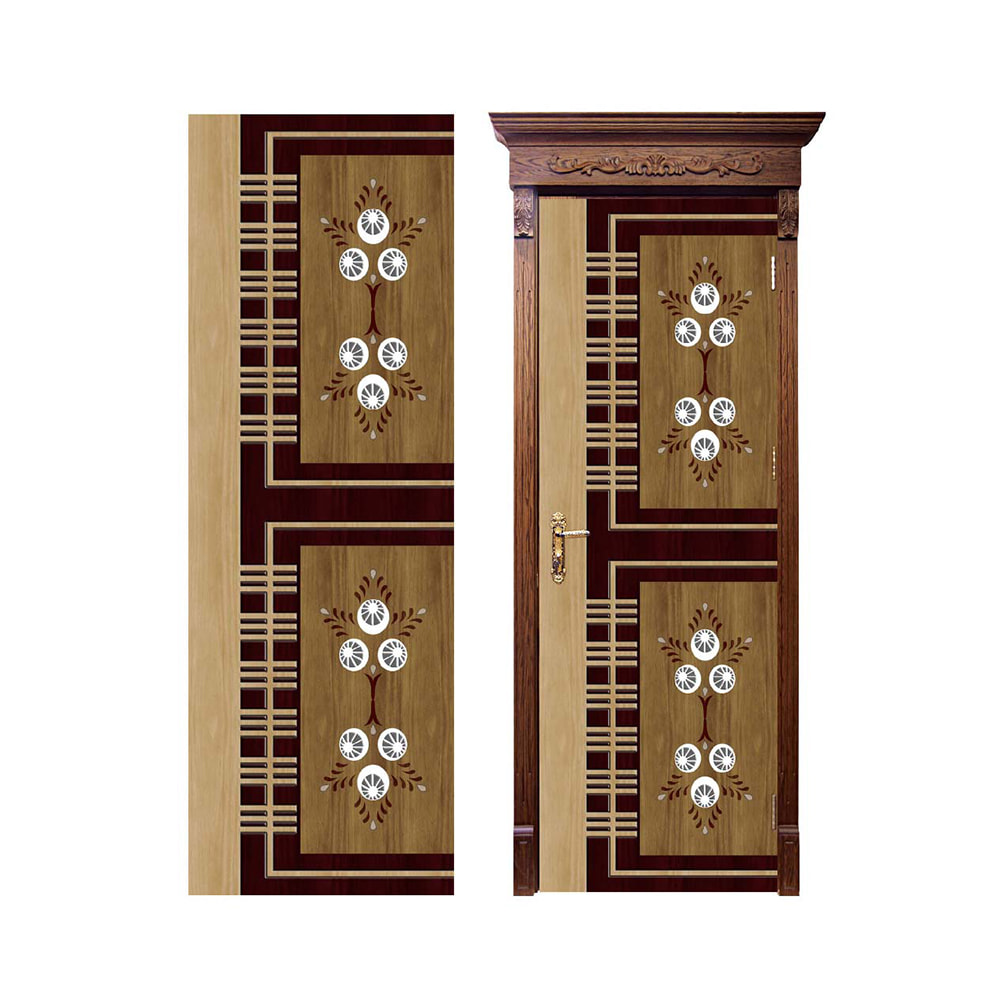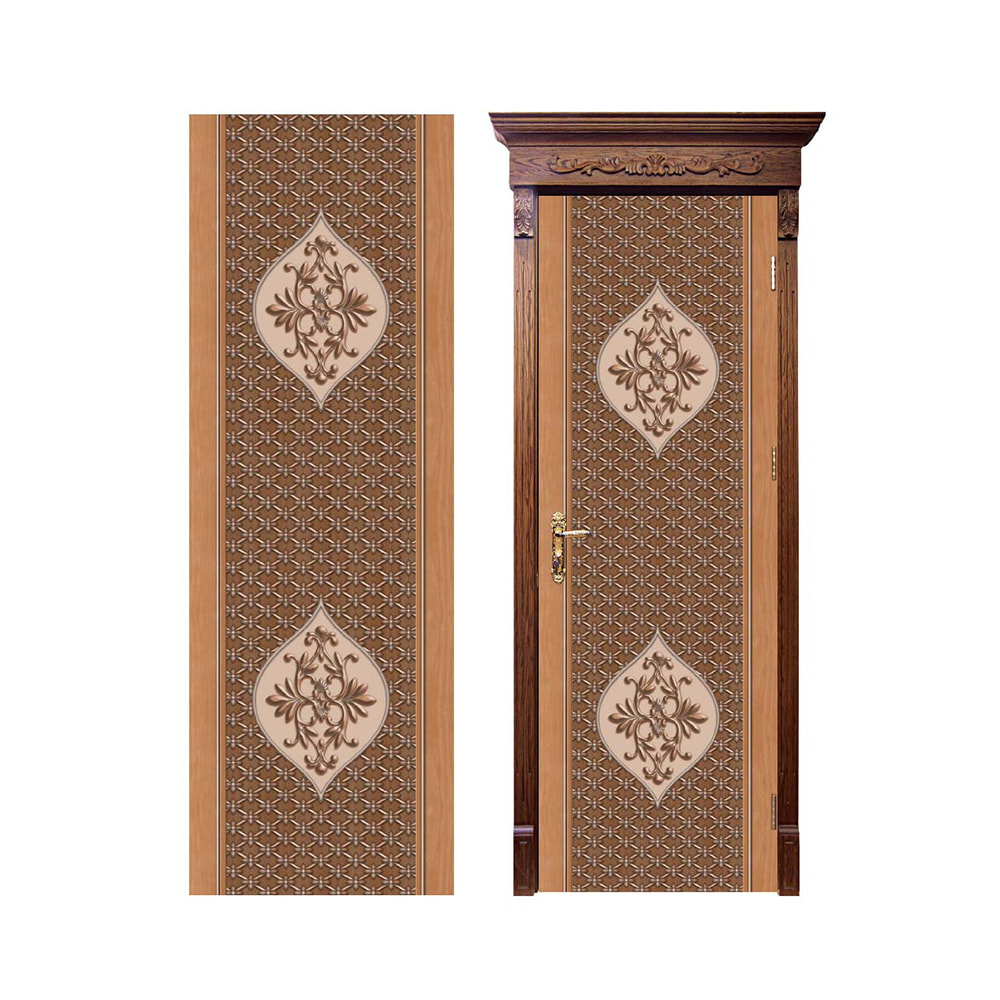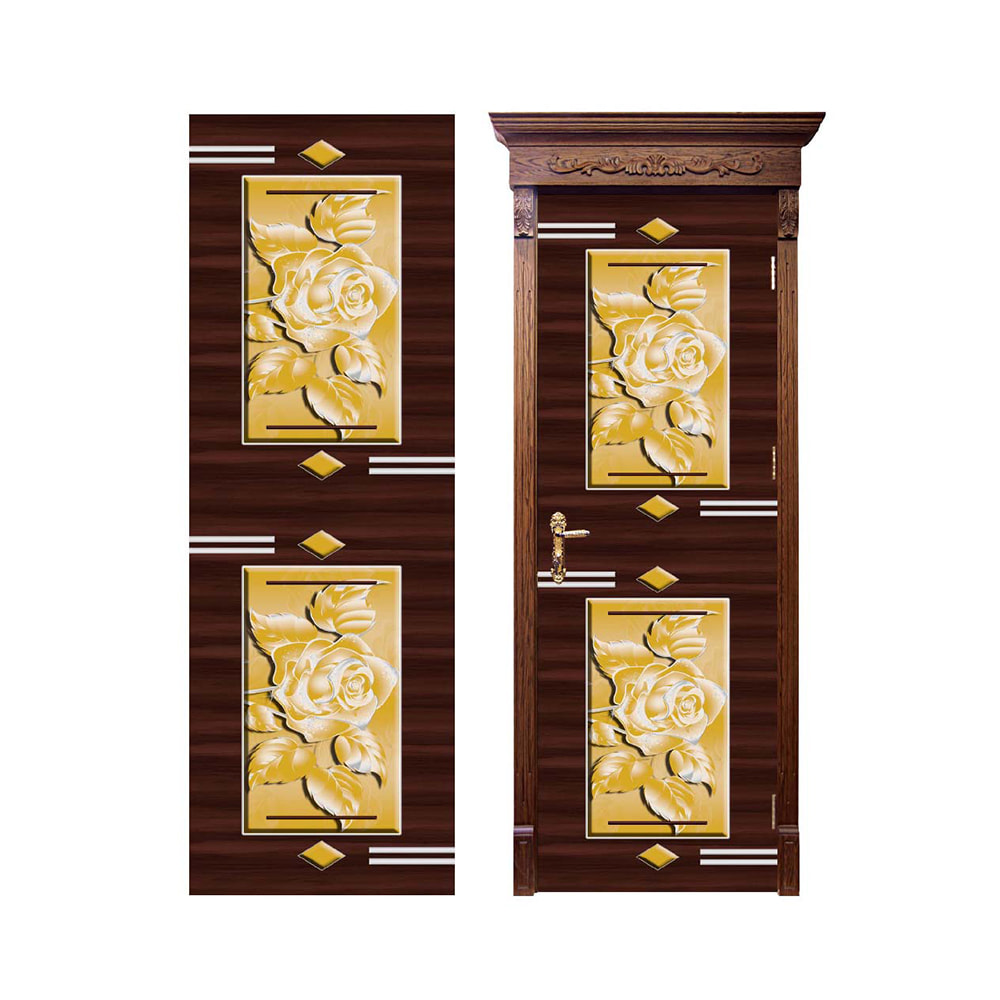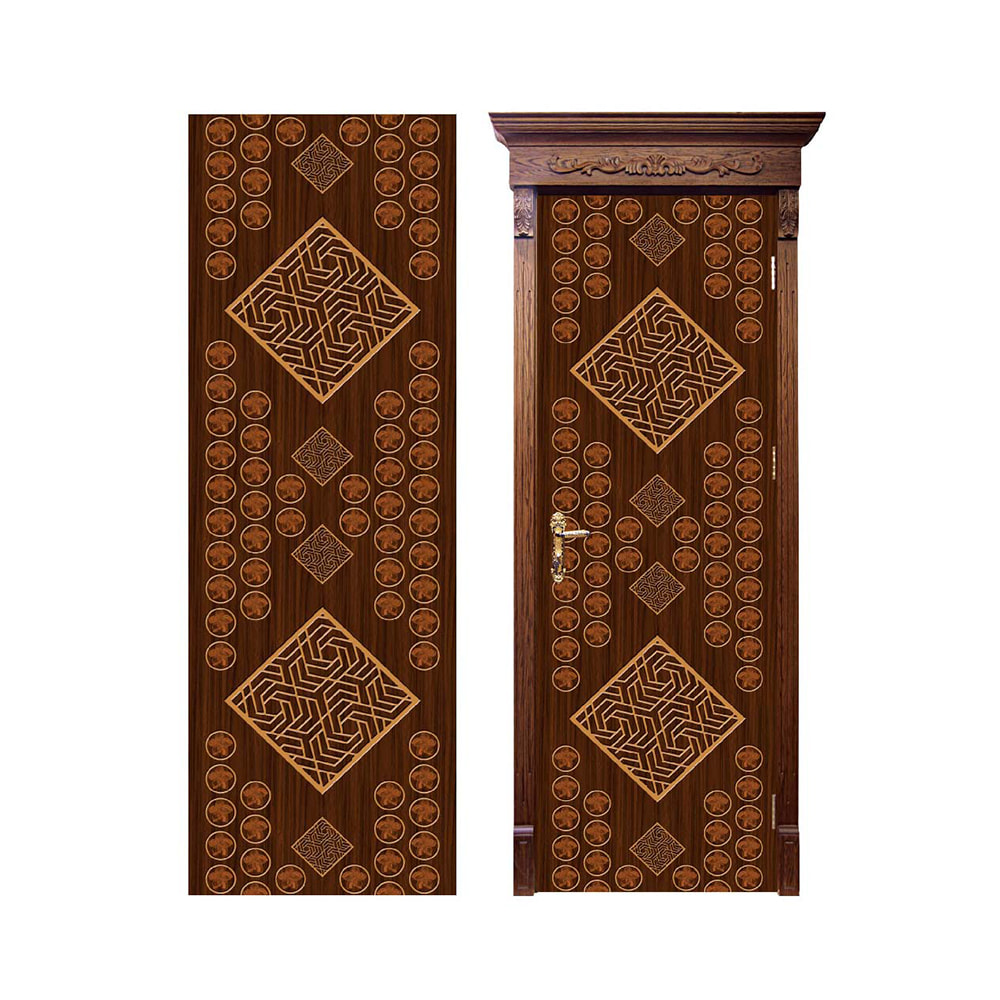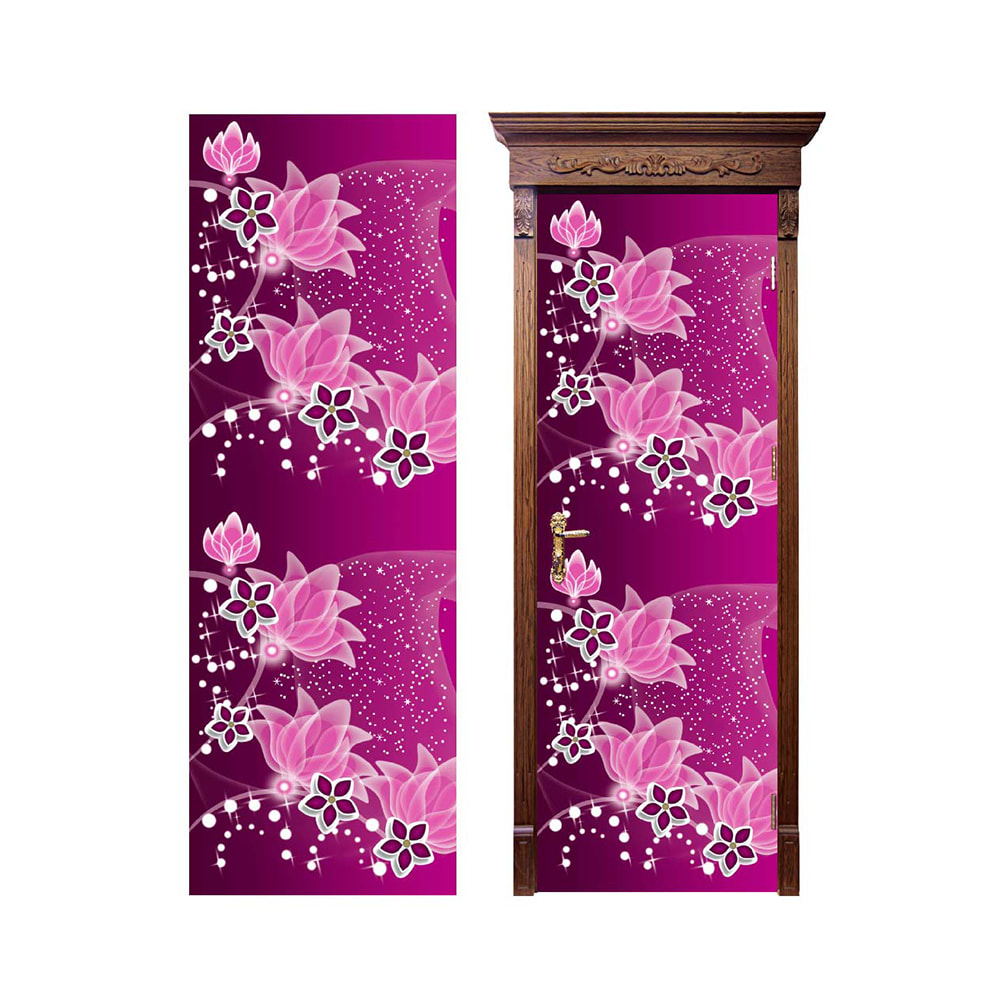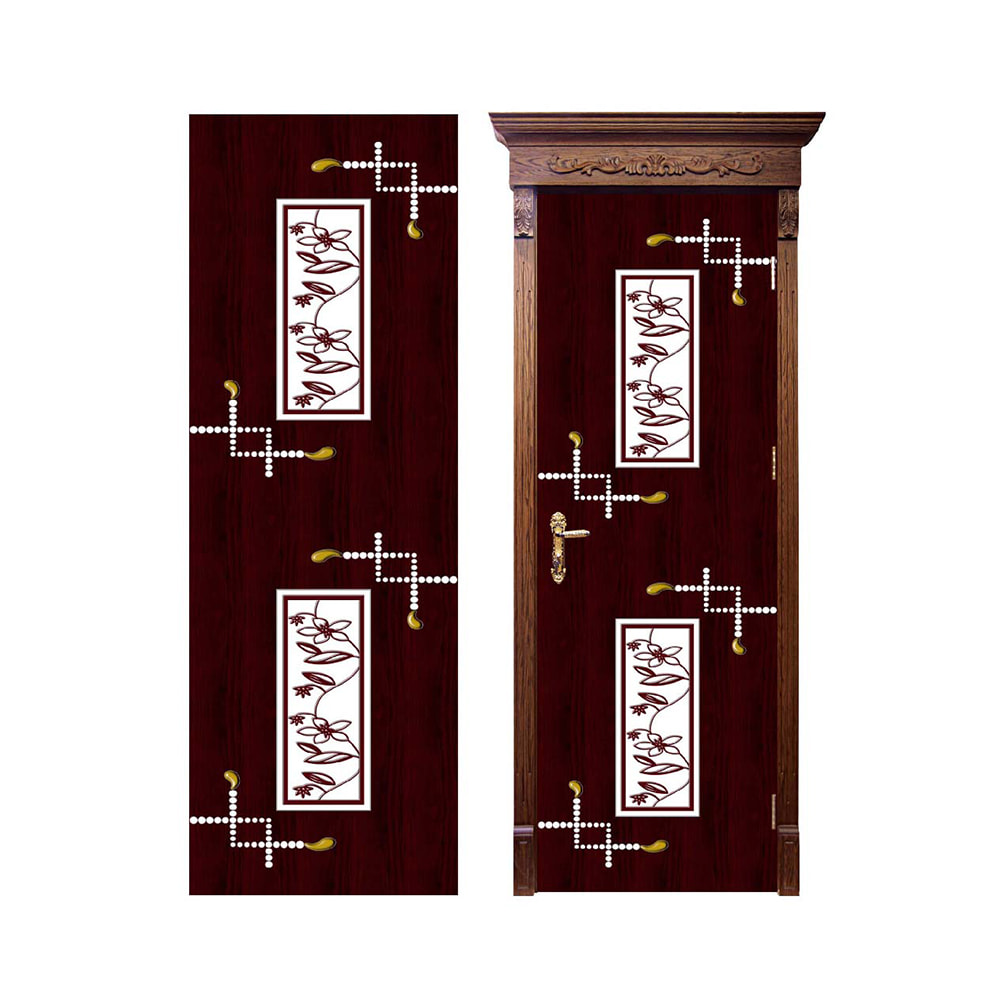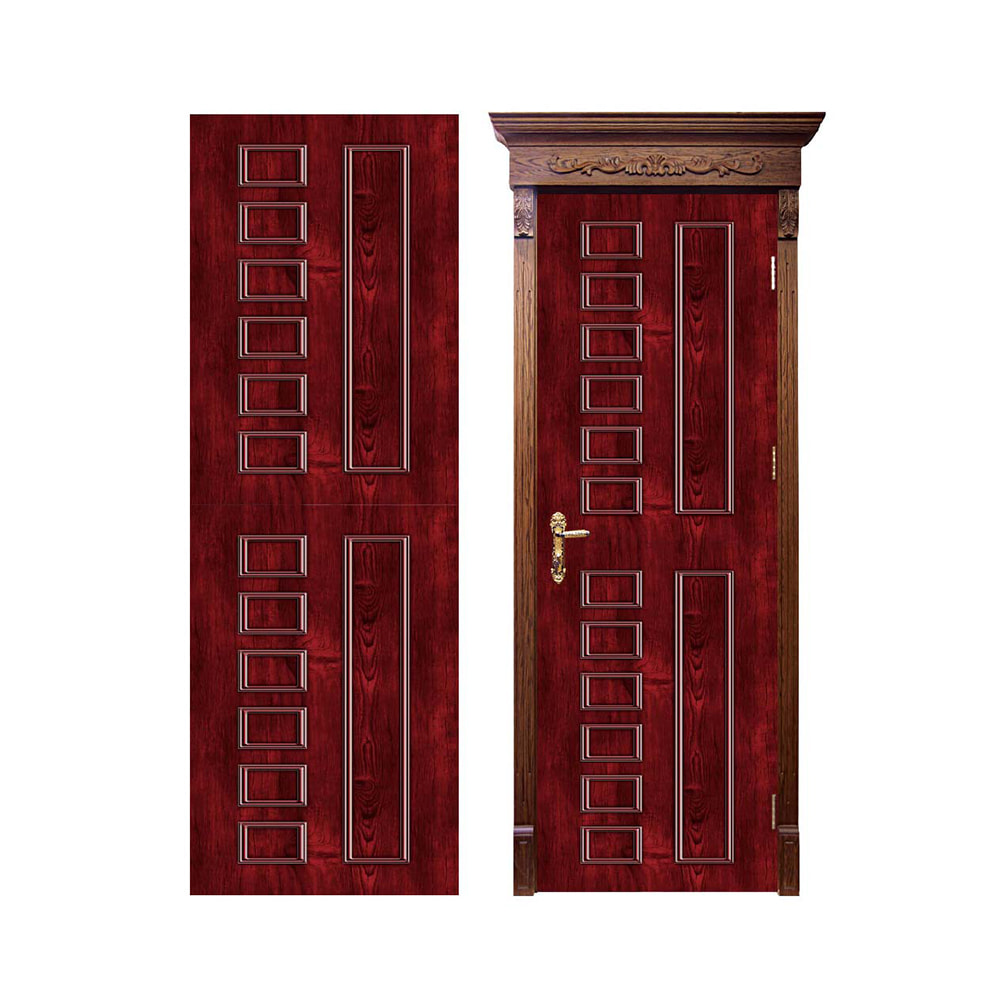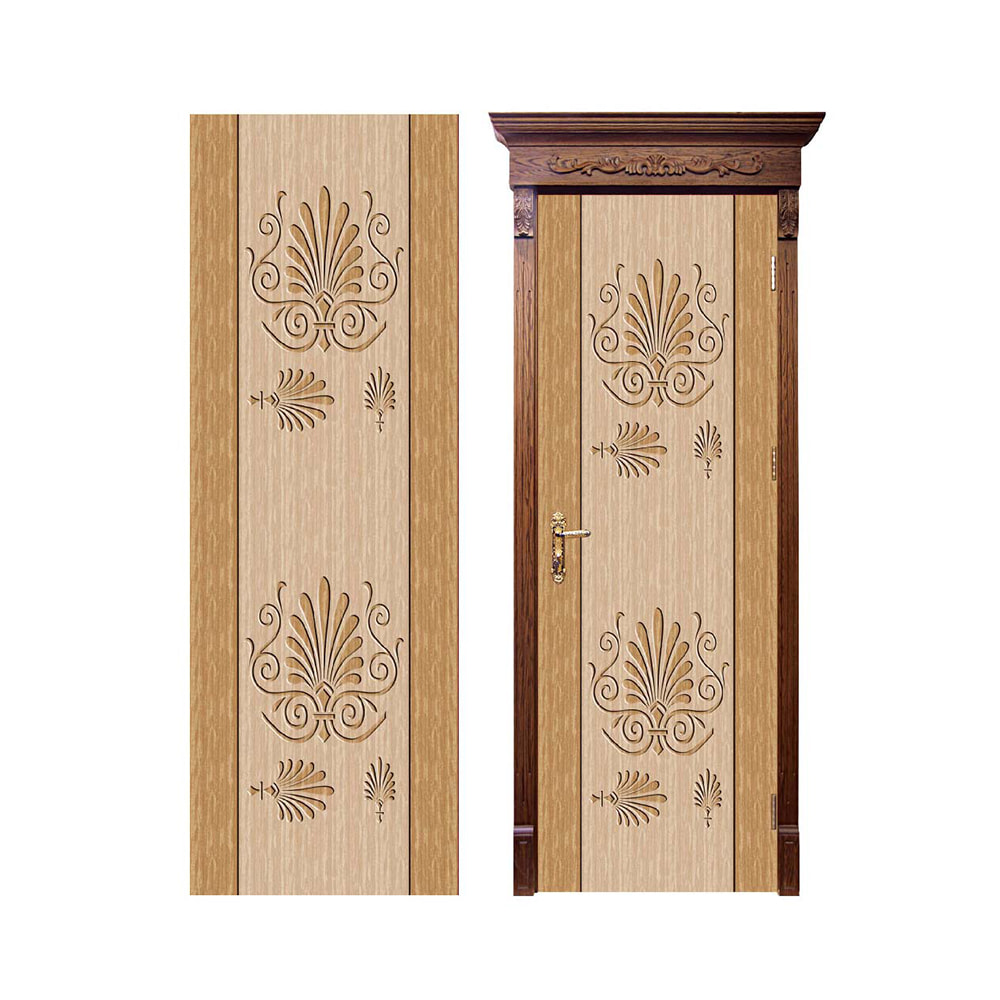A hot stamping foil has three basic layers, including the carrier film. Manufacturers may also use additional layers to improve performance, weathering, and opacity. These layers are applied in the opposite order from that of the finished part. During manufacturing, the top layer is the decoration applied to the foil. This layer is called a release layer. This material permits subsequent layers to be slid off the carrier without causing damage.
Hot stamping foil adds a variety of metallic colors to packaging. It makes it easier to create unique packaging designs and colors that complement the products inside. For many companies, direct mail and printed collateral are the foundation of their marketing campaigns. Today's millennial consumer is more discerning than ever, and he or she is attracted to beautiful product packaging and promotional material. This process can make products look sophisticated or fun, depending on the desired result.
The growth in the hot stamping foil market is expected to come from the growth in the packaging industry in these regions. Western Europe and Asia Pacific excluding Japan are the most attractive markets in the world. In these regions, China and India are expected to account for the largest shares of the global hot stamping foil market. Similarly, the rapid expansion of the food & beverage and the cosmetics & personal care industries is anticipated to create significant demand for hot stamping foil.
The basic process of foiling is the same in both types of machines. The design to be rendered in foil is etched on a metal die, which is then heated. A second process involves placing the foil between the metal die and the material being stamped. The foil then bonds to the surface and produces a metallic effect. If the process is performed properly, the foil is bound to be a beautiful part of the finished product. It is important to understand the process and the materials used to produce it.
Hot foil stamping dies are typically made from brass or steel, and are strong enough to withstand thousands of production runs. Die makers use CNC technology to design brass dies, which are generally engraved using varying sizes of drill bits. These dies are also available in rubber and steel. Hot stamping foil machines often use single-level dies, which have one stamping die and one flat plate. For smaller production runs, a single-level die is sufficient.
In addition to the flat-flat foil machine, there are round-flat foiling machines. These use dies attached to flat metal or honeycomb-shaped plates. When the two are brought together, the foil and medium form the design. These machines are easy to set up and operate. The parts are widely available. Most hot stamping machines are designed for medium to large-scale jobs. If you're looking for a small machine, the flat-flat machines are best for you.
If you're looking for a high-class solution for surface decoration, hot stamping is an excellent choice. No other transfer finishing technology meets the same demands for durability and brilliance as hot stamping. In addition, this technique offers the highest degree of flexibility when it comes to rough surfaces, tactile designs, and a variety of other requirements. In hot stamping, the process is ideal for both small and large runs. This is an excellent choice for any product or project.


 English
English 中文简体
中文简体